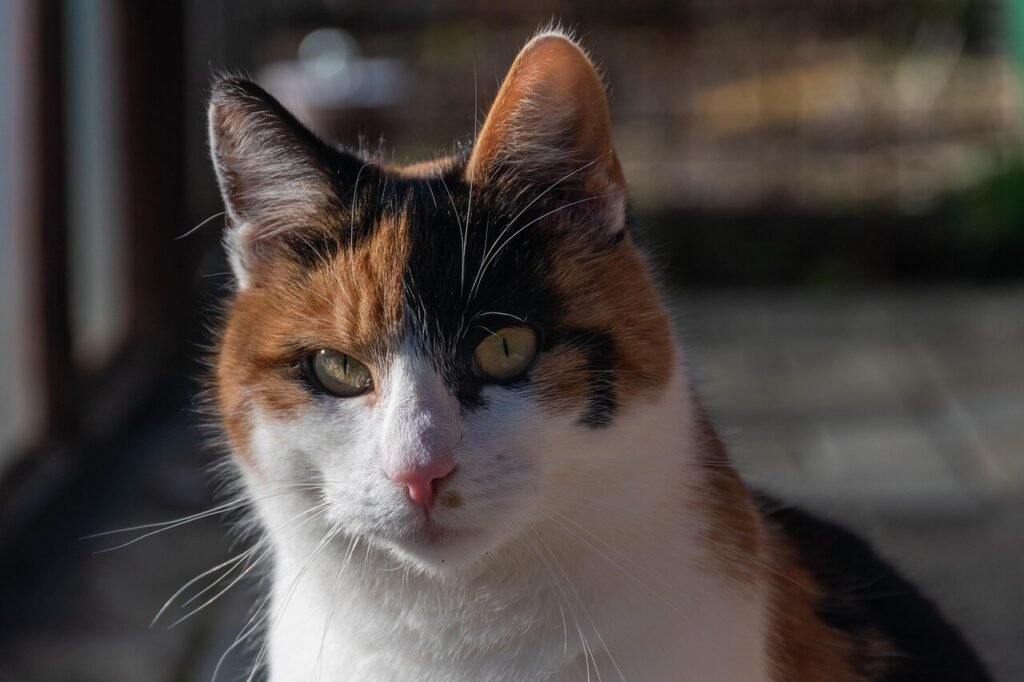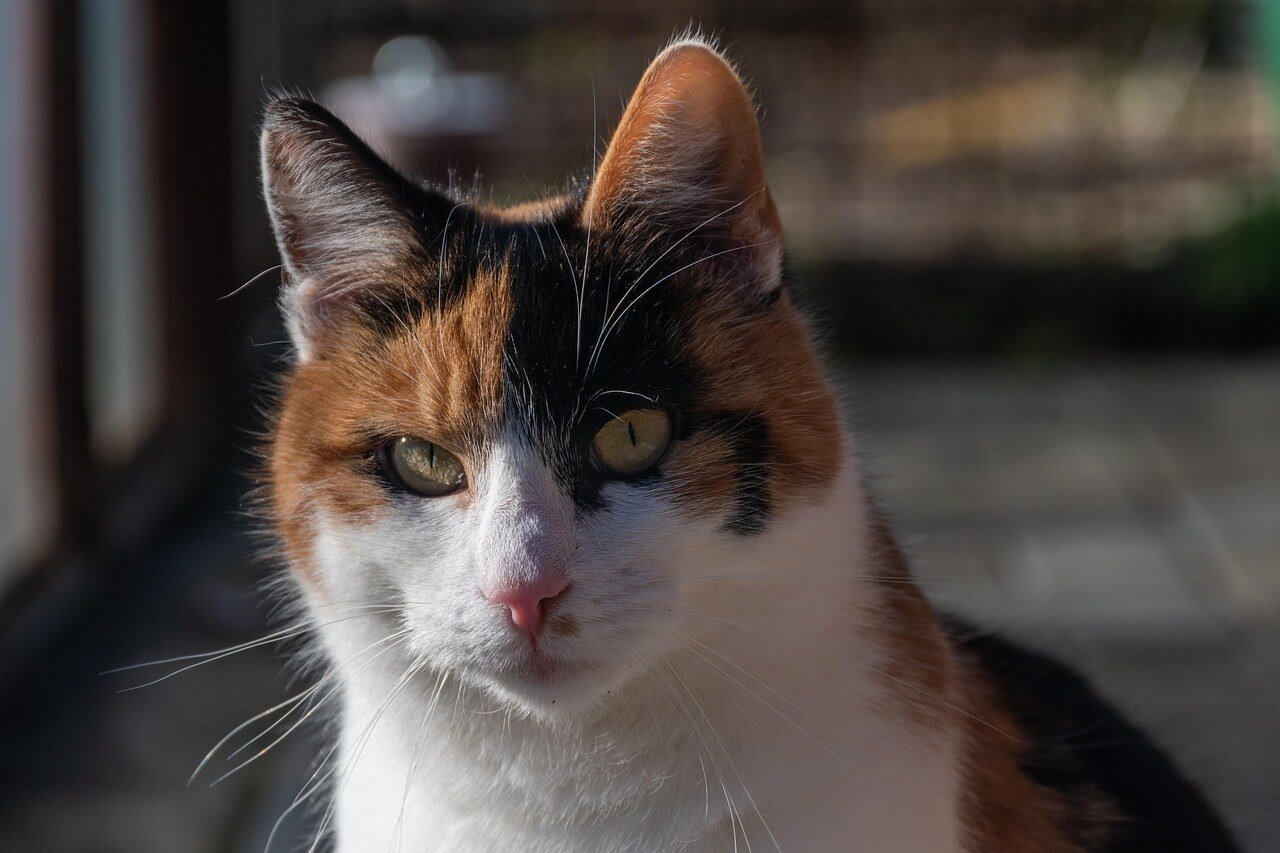Understanding Hypothermia in Cats: What Every Pet Owner Needs to Know
Hypothermia in cats is a serious condition that occurs when their body temperature drops below normal levels, often due to prolonged exposure to cold environments. While cats are naturally equipped with fur coats to handle cooler temperatures, extreme cold or wet conditions can overwhelm their ability to regulate their body heat. This can lead to hypothermia, a potentially life-threatening situation if not addressed promptly. As a responsible cat owner, it’s crucial to recognize the signs of hypothermia, understand its causes, and know how to respond effectively. In this blog post, we’ll explore everything you need to know about hypothermia in cats, from prevention to treatment, so you can keep your feline friend safe and healthy no matter the weather.
Causes of Hypothermia in Cats
Hypothermia in cats can result from various factors, many of which are preventable with proper care and attention. Here are some common causes of this condition:
Prolonged Exposure to Cold Weather
Cats left outside in freezing temperatures for extended periods are at high risk of developing hypothermia.Wet Fur in Cold Conditions
When a cat’s fur becomes wet, it loses its insulating properties, making it harder for them to retain body heat.Underlying Health Issues
Conditions like malnutrition, hypothyroidism, or old age can impair a cat’s ability to regulate their body temperature.Short Hair or Lack of Insulation
Breeds with short or thin coats, such as Siamese or Sphinx cats, are more susceptible to cold-related issues.Accidental Trapping in Cold Spaces
Cats may accidentally get locked in cold areas like sheds, garages, or vehicles, leaving them vulnerable to hypothermia.
Understanding these causes can help you take preventive measures to protect your cat from hypothermia. Awareness and vigilance are key to ensuring their safety.
Signs and Symptoms of Hypothermia in Cats
Recognizing the early signs of hypothermia is essential for prompt intervention. If your cat has been exposed to cold temperatures, watch for these symptoms:
Shivering
Shivering is one of the first signs that a cat is trying to generate body heat.Lethargy or Weakness
A cat with hypothermia may appear unusually tired or reluctant to move.Cold Ears, Paws, or Tail
These extremities often feel colder than usual in cases of hypothermia.Slow Breathing or Heart Rate
Hypothermia can slow down a cat’s respiratory and cardiovascular systems.Pale or Bluish Gums
Discoloration of the gums indicates poor circulation and requires immediate attention.
If you notice any of these symptoms, it’s important to act quickly to warm your cat and seek veterinary care. Early intervention can make all the difference in their recovery.
Check this guide 👉Can Cats Overheat? Best 7 Health Tips!
Check this guide 👉Do Cats Bleed When in Heat? Best 7 Expert Tips!
Check this guide 👉Do Cats Bleed When in Heat? Best 7 Expert Tips!

Signs of Hypothermia in Cats | Immediate Actions to Take |
|---|---|
Shivering | Wrap your cat in warm blankets |
Lethargy | Avoid direct heat sources like hairdryers |
Cold extremities | Use warm (not hot) water bottles for warmth |
Slow breathing | Keep your cat calm and avoid stress |
Pale or bluish gums | Contact your veterinarian immediately |
How to Treat Hypothermia in Cats
If you suspect your cat is suffering from hypothermia, immediate action is crucial to stabilize their condition. Here’s what you should do:
Move Your Cat to a Warm Environment
Bring your cat indoors or to a sheltered area away from the cold.Dry Their Fur Thoroughly
Use a towel to gently dry their fur if they’re wet, avoiding vigorous rubbing.Provide Gradual Warmth
Wrap your cat in warm blankets or use a warm (not hot) water bottle wrapped in a cloth.Avoid Direct Heat Sources
Do not use heating pads, hairdryers, or other direct heat, as these can cause burns.Seek Veterinary Care Immediately
Even if your cat seems to improve, professional evaluation is essential to ensure there’s no underlying damage.
By following these steps, you can help your cat regain their body temperature safely. Remember, hypothermia is a medical emergency, and professional care is always recommended.
Preventing Hypothermia in Cats
Preventing hypothermia in cats is far easier than treating it. With a few simple precautions, you can ensure your cat stays safe during colder months. Here are some practical tips:
Keep Your Cat Indoors During Cold Weather
Limit outdoor time when temperatures drop to protect your cat from harsh conditions.Provide Warm Shelter
If your cat spends time outdoors, ensure they have access to a warm, insulated shelter.Monitor Their Health
Regular vet check-ups can help identify underlying conditions that may increase hypothermia risk.Check for Wet Fur
After outdoor play, check your cat’s fur for dampness and dry them thoroughly if needed.Offer Nutritious Food
A well-balanced diet helps maintain your cat’s energy levels and supports their natural ability to regulate body temperature.
Taking these preventive measures can significantly reduce the risk of hypothermia and keep your cat comfortable year-round.
Common Misconceptions About Hypothermia in Cats
There are several misconceptions about hypothermia in cats that can lead to misunderstandings and delayed care. Clearing up these myths is essential for ensuring your cat’s safety during cold weather. Here are some common misconceptions and the truth behind them:
Myth: Cats can handle cold weather because they have fur.
While fur provides insulation, it doesn’t make cats immune to hypothermia, especially in extreme or wet conditions.Myth: Only outdoor cats are at risk of hypothermia.
Indoor cats can also develop hypothermia if exposed to drafts, cold floors, or unheated areas for prolonged periods.Myth: Shivering is the only sign of hypothermia.
Shivering is an early sign, but other symptoms like lethargy, slow breathing, and pale gums can indicate more severe hypothermia.Myth: Heating pads are safe to warm a hypothermic cat.
Direct heat sources like heating pads can cause burns; gradual warming with blankets or warm water bottles is safer.Myth: Hypothermia isn’t an emergency if the cat seems okay.
Even if your cat appears to recover, hypothermia can cause hidden damage, and professional evaluation is crucial.
By understanding these facts, you can take the right steps to protect your cat and avoid falling for common myths.
Fun Facts About Cats and Cold Weather
Cats have fascinating adaptations that help them cope with cold weather, but their resilience has its limits. Here are some interesting facts about how cats interact with colder environments:
Cats Seek Warmth Naturally
Cats instinctively seek out warm spots, like sunny windowsills or cozy blankets, to regulate their body temperature.Their Fur Provides Insulation
A cat’s fur traps heat close to their body, acting as a natural insulator against cold temperatures.Some Breeds Are Better Suited for Cold
Breeds like Maine Coons and Norwegian Forest Cats have thick double coats that make them more tolerant of cold climates.Cats Cuddle for Warmth
In multi-cat households, cats often huddle together to share body heat and stay warm.Cold Weather Can Affect Their Energy Levels
Colder temperatures may make cats less active as their bodies work harder to maintain warmth.
These fun facts highlight how cats adapt to cold weather while reminding us of their limitations. Understanding their behavior can help you provide better care during chilly months.
Tips for Traveling with Cats in Cold Weather
Traveling with your cat in cold weather requires extra precautions to ensure their safety and comfort. Whether you’re heading to the vet or going on a trip, here are some tips to keep your cat warm and secure:
Use an Insulated Carrier
Choose a carrier with insulated walls or add a blanket to shield your cat from the cold.Pre-Warm the Vehicle
Start your car and turn on the heater before placing your cat inside to create a warm environment.Avoid Leaving Your Cat in the Car
Cars can lose heat rapidly in cold weather, putting your cat at risk of hypothermia.Dress Your Cat in a Sweater (If Tolerated)
For short-haired or hairless breeds, a cat sweater can provide additional warmth during travel.Bring Emergency Supplies
Pack items like blankets, hand warmers, and a thermos of warm water in case of unexpected delays.
By planning ahead and taking these precautions, you can ensure your cat stays safe and comfortable during cold-weather travel. Preparation is key to avoiding unnecessary risks.
Frequently Asked Questions About Hypothermia in Cats
Can indoor cats get hypothermia?
Yes, indoor cats can develop hypothermia if exposed to drafts, cold floors, or unheated spaces for long periods.
How cold is too cold for cats?
Temperatures below 45°F (7°C) can be dangerous for cats, especially if they’re wet or exposed for extended periods.
Can hypothermia be fatal for cats?
Yes, severe hypothermia can lead to organ failure and death if not treated promptly.
How can I tell if my cat’s temperature is too low?
A rectal temperature below 100°F (37.8°C) indicates hypothermia; consult your vet immediately.
Should I give my cat a bath in cold weather?
Avoid bathing your cat in cold weather unless absolutely necessary, as it increases the risk of hypothermia.
Keeping Your Feline Friend Warm and Safe
Hypothermia in cats is a serious condition that requires immediate attention, but with awareness and proactive measures, it’s entirely preventable. By understanding the causes, recognizing the symptoms, and knowing how to respond, you can protect your cat from the dangers of cold exposure. Whether it’s providing a warm indoor environment, monitoring their health, or acting quickly in an emergency, every step you take ensures your feline companion stays happy and healthy. Remember, your cat relies on you to keep them safe, especially during colder months. With love, care, and a little preparation, you can help them thrive no matter the weather. Stay vigilant, and your furry friend will thank you with endless purrs and cuddles!
Canned Pumpkin for Cat Diarrhea: Best 7 Expert Tips! Natural remedy to firm stools, soothe upset bellies, and support gut health safely.
Can a Cat Give You Scabies? Best 7 Expert Tips! Discover the truth about feline mites, human skin risks, and how to protect yourself—without panic.
Cat Flea vs Human Flea: Best 7 Expert Tips! Discover the truth about bites, species, and how to eliminate infestations for good.
Weird Cat Behaviors: Best 7 Expert Tips! Discover why cats do strange things—and how to understand, not punish, their instincts for a happier home.





